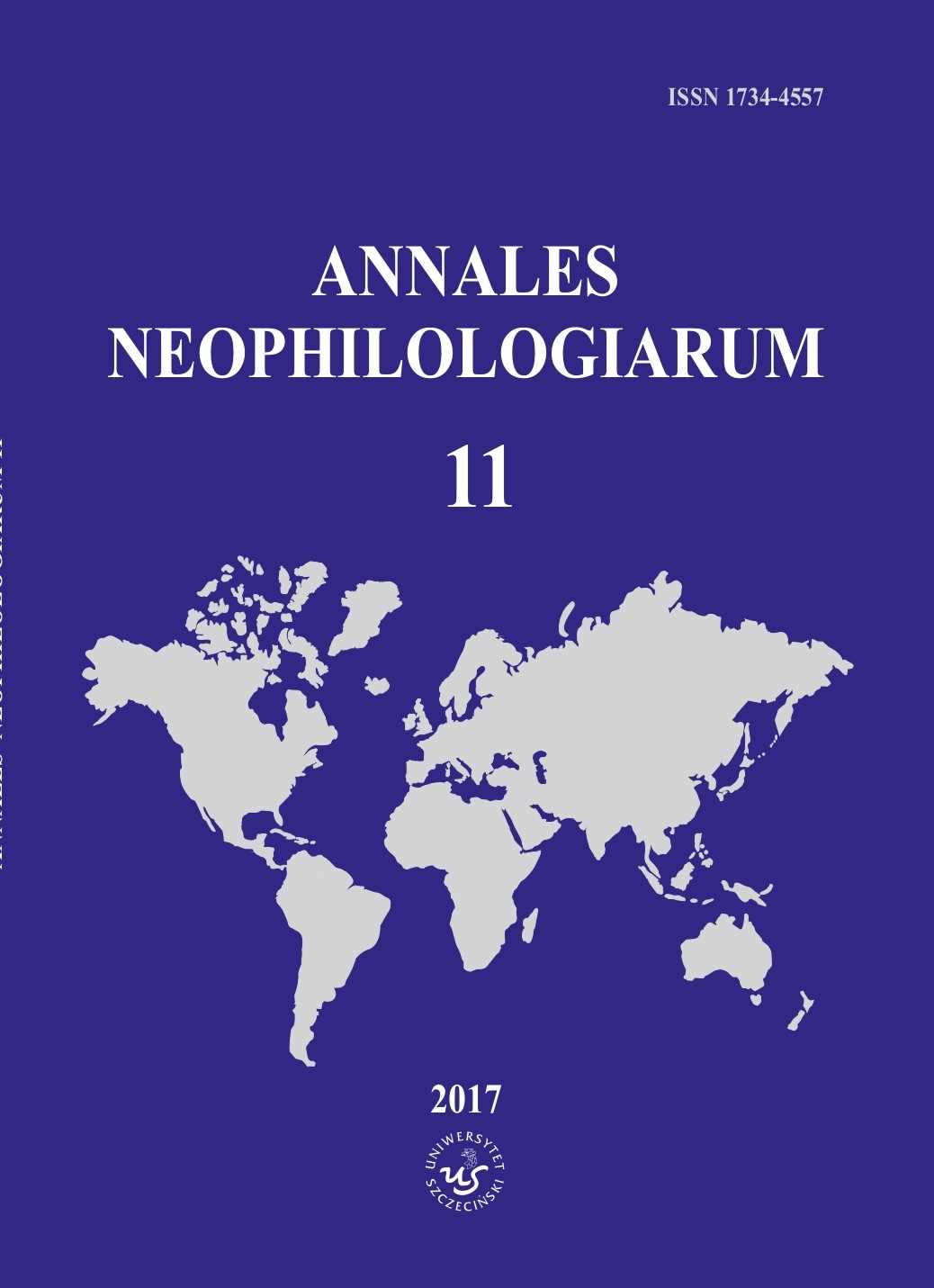Optimality-theoretic approach to the syllable in Lardil
Optimality-theoretic approach to the syllable in Lardil
Author(s): Tomasz ObiałaSubject(s): Language studies, Language and Literature Studies, Theoretical Linguistics, Applied Linguistics
Published by: Wydawnictwo Naukowe Uniwersytetu Szczecińskiego
Keywords: syllable; optimality theory; Lardil
Summary/Abstract: The aim of the study is to examine the structure of the syllable in Lardil, a North Australian language, in order to yield possible clusters as well as the minimal word in this language, based on data sets collected from the Lardil dictionary by Ken Hale. The methodology framework used for this study is Optimality Theory whose constraint-based mapping is employed to explain a number of phonological processes that this language undergoes, such as deleting impermissible segments, creating words that are bimoraic or syllables that end in permissible codas, i.e. comprising of [-distributed] obstruents. The results of the study show that Optimality Theory is not always successful at yielding candidates that the speakers of Lardil would produce and hence have displayed a number of problems with an Optimality-theoretic analysis of Lardil. The study shows that in certain cases the winning candidates are not the phonological realizations that everyday users of Lardil would produce themselves. Finally, in the analysis there have also been cases where there are two (contradicting) winning candidates. The conclusions prove that Optimality Theory is yet to be expanded and modified as the case of Lardil shows that it may lead to yielding candidates that are non-existent in a language.
Journal: Annales Neophilologiarum
- Issue Year: 2017
- Issue No: 11
- Page Range: 93-102
- Page Count: 10
- Language: English

